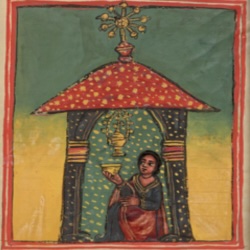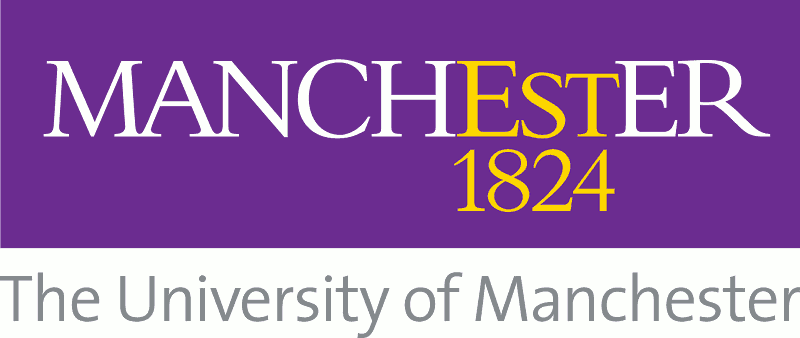Ethiopic Manuscripts

The University of Manchester Special Collections holds forty-five Ethiopic manuscripts all of which were composed between the 16th and 20th centuries in Ge‘ez (an ancient liturgical and scholarly language of Ethiopia and Eritrea). This digitised collection of items is designed to offer insights into the enduring legacy of Christianity in eastern Africa.
A collection reflecting the breadth of Ethiopic manuscript culture
The digitised collection of Ethiopic Manuscripts features homilies such as the Dersāna Mikā'ēl (Ethiopic MS 11), a beautifully illustrated work that is often read on specific feast days dedicated to St Michael. Old and New Testament works, including a copy of Enoch (Ethiopic MS 23), are also abundantly represented and speak to the unique, deep-rooted biblical traditions that are preserved within Ethiopic Christianity. Liturgical works are represented in the collection as well, like the finely copied Deggwā (Ethiopic MS 4) complete with musical notation for the whole year.
How did the collection come to be at the John Rylands?
The digitisation of these manuscripts has provided a valuable opportunity to revisit and deepen our understanding of their provenance. The majority of the collection was assembled in the late 19th century by the Lords Crawford, before it was acquired by Enriqueta Rylands and brought to the John Rylands Library. Notably, three manuscripts in this digital collection (Ethiopic MS 4, MS 18, and MS 27,) were looted in 1868 during a violent confrontation at Magdala of Emperor Tewodros II of Ethiopia by Britain's Bombay Army. This event, frequently cited in contemporary debates on the repatriation of cultural heritage, highlights the complex and sometimes tumultuous histories of the Library's special collections. Our blog post exploring the collection's provenance provides further information about this topic.
We invite you to explore our digital collection of Ethiopic manuscripts and discover the vibrant heritage of Ethiopian and Eritrean cultures. Each object offers a unique glimpse into the spiritual, intellectual, and artistic traditions of the region. As we continue to digitize and catalogue these works, our goal is to make them accessible to a global audience, preserving these invaluable cultural objects for future generations.
If you have any additional information or insights about the items in this collection, please contact the curator Jeremy Penner. Your contributions are invaluable in helping us expand our understanding and appreciation of these extraordinary manuscripts. For more detailed information about the provenance and historical significance of the collection, please visit our Ethiopic manuscripts webpage.
Why we chose the items in the digital Ethiopic Manuscripts collection
The items featured within this digitised special collection were selected to showcase the breadth of the artistic, religious, and historical contexts that characterise Ethiopic manuscript culture.



